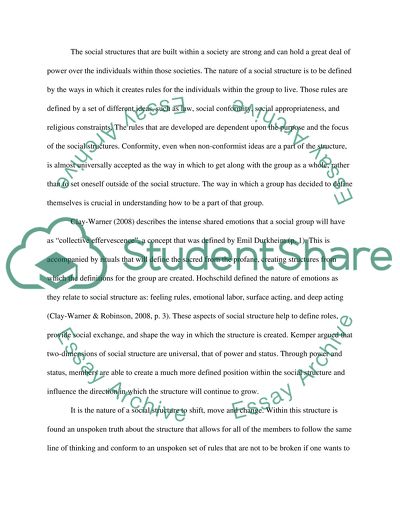Cite this document
(“The Coersive Power of Social Structures over Individuals Essay”, n.d.)
Retrieved from https://studentshare.org/sociology/1427651-social-structures-have-a-coercive-power-over
Retrieved from https://studentshare.org/sociology/1427651-social-structures-have-a-coercive-power-over
(The Coersive Power of Social Structures over Individuals Essay)
https://studentshare.org/sociology/1427651-social-structures-have-a-coercive-power-over.
https://studentshare.org/sociology/1427651-social-structures-have-a-coercive-power-over.
“The Coersive Power of Social Structures over Individuals Essay”, n.d. https://studentshare.org/sociology/1427651-social-structures-have-a-coercive-power-over.


